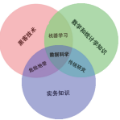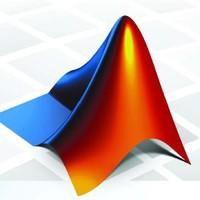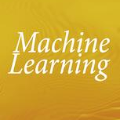【推荐】免费书(草稿):数据科学的数学基础
转自:爱可可-
The Numerical Tours of Data Sciences, by Gabriel Peyré, gather Matlab, Pythonand Julia experiments to explore modern mathematical data sciences. They cover data sciences in a broad since, including imaging, machine learning, computer vision and computer graphics. It showcases application of numerical and mathematical methods such as convex optimization, PDEs, optimal transport, inverse problems, sparsity, etc. The tours are complemented by slides of courses detailing the theory and the algorithms.
You can retrieve the draft of the book:
Gabriel Peyré, Mathematical Foundations of Data Sciences.
The Latex sources of the book are available.
It should serves as the mathematical companion for the Numerical Tours of Data Sciences, which presents Matlab/Python/Julia/R detailed implementations of all the concepts covered here.
This book draft presents an overview of important mathematical and numerical foundations for modern data sciences. It covers in particulars the basics of signal and image processing (Fourier, Wavelets, and their applications to denoising and compression), imaging sciences (inverse problems, sparsity, compressed sensing) and machine learning (linear regression, logistic classification, deep learning). The focus is on the mathematically-sounded exposition of the methodological tools (in particular linear operators, non-linear approximation, convex optimization, optimal transport) and how they can be mapped to efficient computational algorithms.
Chapters Available as Individual PDFs
Shannon Theory
Fourier Transforms
Linear Mesh Processing
Wavelets
Multiresolution Mesh Processing
Linear and Non-linear Approximation
Compression
Denoising
Variational Priors and Regularization
Inverse Problems
Sparse Regularization
Chapters Soon Available
Convex Optimization
Convex Duality
Compressed Sensing
Machine Learning
Deep-Learning
Optimal Transport
链接:
https://mathematical-tours.github.io/book/
原文链接:
https://m.weibo.cn/1402400261/4157999205227590



